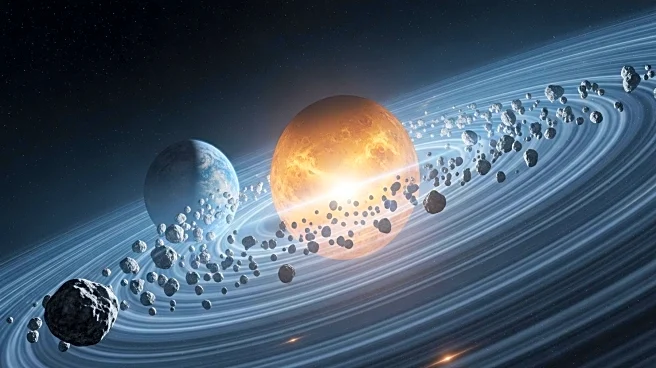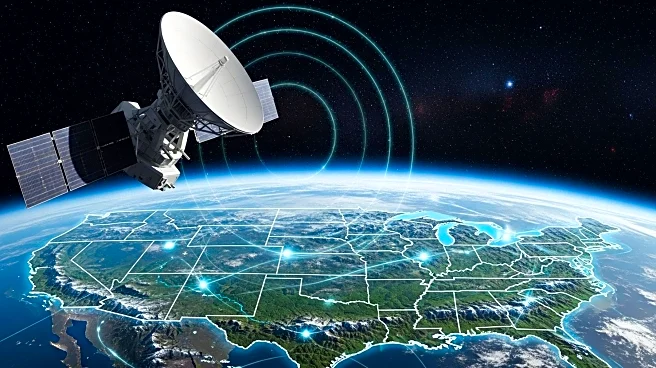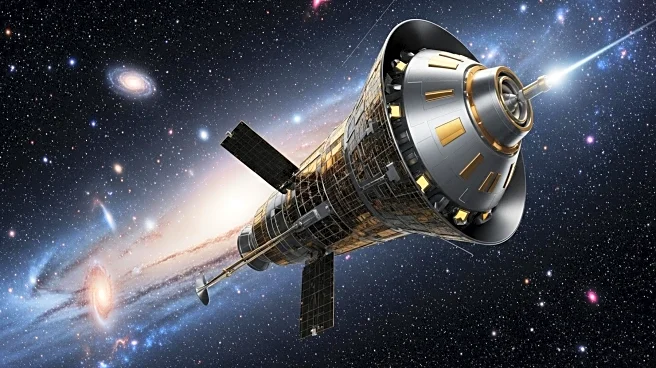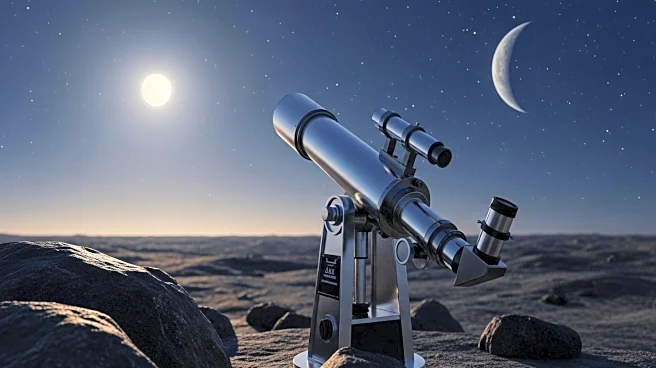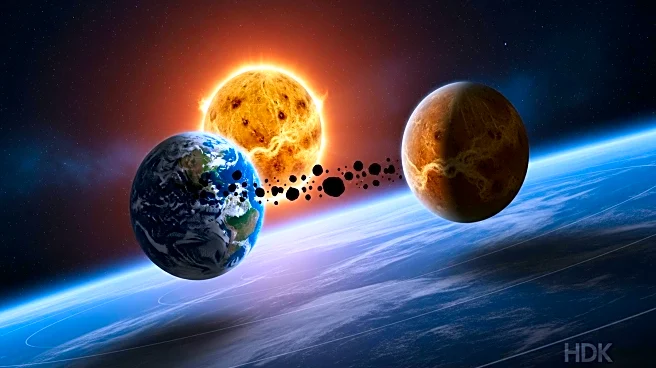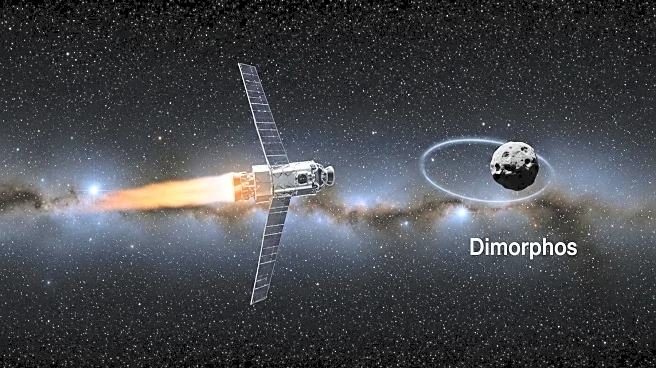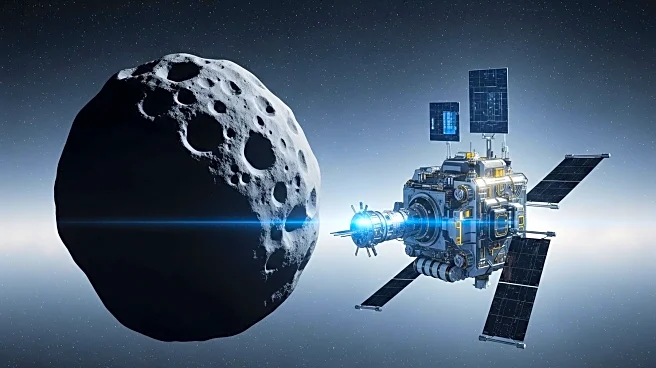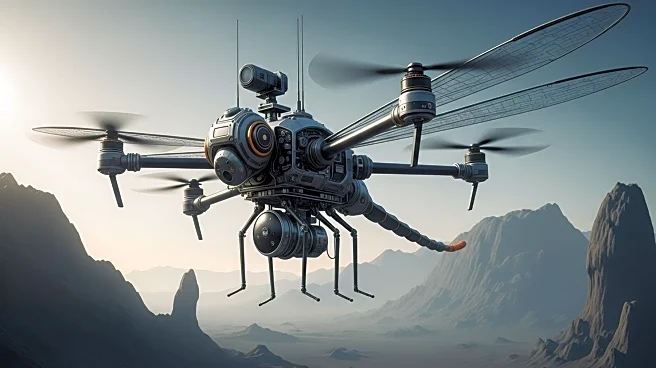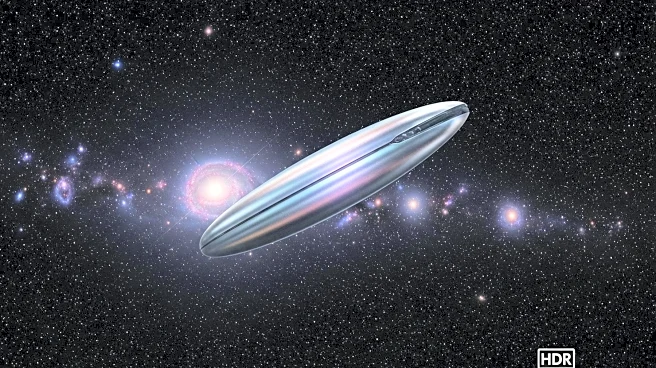What is the story about?
What's Happening?
A study has revealed that Earth could be at risk from a population of 'invisible' asteroids orbiting near Venus. These asteroids are difficult to detect due to their proximity to the Sun, which obscures them from view. Researchers have identified 20 asteroids co-orbital with Venus, which could potentially pose a collision risk with Earth. These asteroids have highly chaotic orbits, making their paths unpredictable beyond 150 years. The study suggests that a dedicated space-based mission near Venus is necessary to map and discover these potentially hazardous asteroids, as current telescopes may not be sufficient to detect them.
Why It's Important?
The discovery of potentially hazardous asteroids near Venus highlights a significant gap in planetary defense capabilities. These asteroids, if undetected, could pose a real threat to Earth, especially if they cross our orbital path. The study underscores the need for improved detection methods and dedicated missions to monitor these objects. Addressing this blind spot is crucial for ensuring the safety of densely populated areas, as an impact could cause large-scale devastation. The findings also emphasize the importance of international collaboration in space exploration and planetary defense to mitigate potential risks.
What's Next?
Researchers advocate for a space-based mission near Venus to effectively map and discover the 'invisible' asteroids. Upcoming missions, such as NASA's NEO Surveyor, aim to address the inner Solar System blind spot. The Vera Rubin Observatory may detect some of these asteroids, but only during limited time windows. The study calls for a dedicated observational campaign to ensure comprehensive monitoring of these potentially hazardous objects. As awareness of this threat grows, it may prompt increased investment in planetary defense initiatives and international cooperation to safeguard Earth.
Beyond the Headlines
The study on 'invisible' asteroids near Venus raises ethical and strategic questions about planetary defense priorities. It highlights the need for proactive measures to address potential threats that are currently undetectable. The research also reflects broader challenges in space exploration, where technological limitations can hinder our ability to foresee and mitigate risks. This development could lead to long-term shifts in how space agencies prioritize and allocate resources for planetary defense, emphasizing the importance of early detection and international collaboration.
AI Generated Content
Do you find this article useful?
